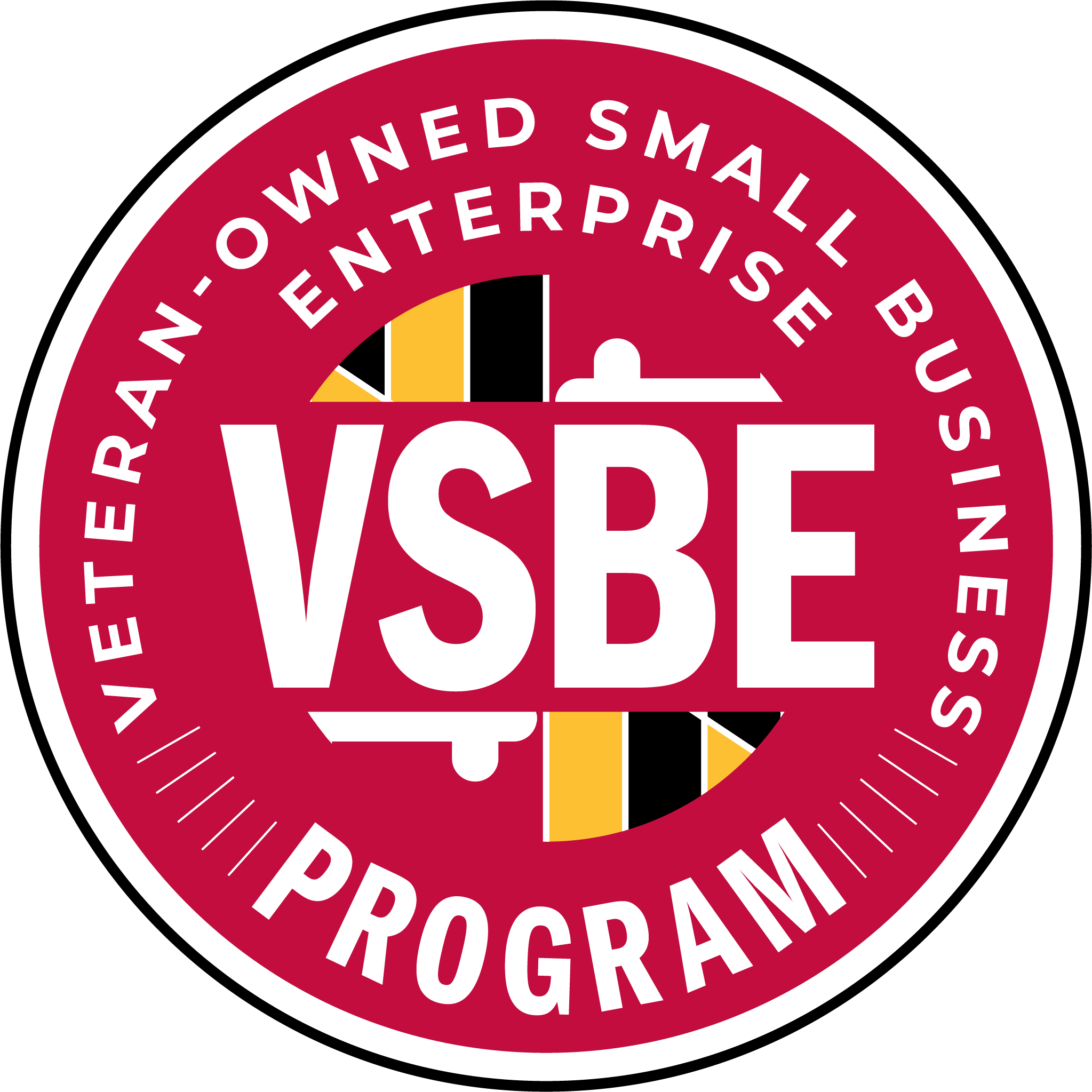
The Importance of a Product Mindset in Developing Applications
Developing a successful application requires more than just technical expertise. A product mindset is essential for creating a product that meets the needs of users and drives business success. A product mindset is the approach of thinking about an application as a product rather than just a piece of software. It is about understanding the needs of users, defining the value proposition, and creating a roadmap that aligns with business goals. In this blog post, we will discuss the importance of a product mindset when developing applications.
Understanding User Needs
One of the fundamental principles of a product mindset is understanding the needs of users. Developing an application without considering the needs of users is like shooting in the dark. To build an application that users will love, it is essential to understand their pain points, goals, and preferences. User research can help identify these needs and guide the development process. Incorporating user feedback throughout the development process ensures that the application meets the needs of users and delivers value.
Defining a Value Proposition
A value proposition is a statement that describes the unique benefits of an application and sets it apart from competitors. Developing a strong value proposition is essential for attracting users and driving business success. A product mindset involves defining a value proposition early in the development process and ensuring that it is incorporated throughout the application. A value proposition helps to keep the development team focused on what matters most and ensures that the application meets the needs of users.
Creating a Roadmap A product mindset involves creating a roadmap that aligns with business goals. A roadmap is a plan that outlines the development process and sets priorities for features and functionality. A roadmap ensures that the development team is working on the most critical features and that the application is developed in a way that aligns with business goals. A product roadmap can also help to manage stakeholder expectations and ensure that all parties are aligned.
Iterative Development A product mindset also involves iterative development, which is the process of developing an application in small increments and testing each increment with users. Iterative development allows developers to incorporate user feedback early in the development process and make changes as needed. This approach ensures that the application meets the needs of users and reduces the risk of developing features that are not needed or used.
Continuous Improvement A product mindset involves continuous improvement. Once an application is launched, it is essential to continue to monitor user feedback, measure performance, and make improvements. Continuous improvement ensures that the application remains relevant and meets the evolving needs of users. It also helps to identify opportunities for new features or functionality that can drive business success.
Collaboration A product mindset involves collaboration between various teams, including developers, designers, product managers, and stakeholders. Collaboration ensures that everyone is aligned on the product vision, goals, and priorities. It also helps to ensure that the application meets the needs of users and drives business success.
User-Centered Design
User-centered design (UCD) is a design philosophy that puts the needs of users at the center of the design process. It involves understanding user needs, prototyping, testing, and iterating based on user feedback. UCD is an essential component of a product mindset because it ensures that the application meets the needs of users and delivers value.
UCD involves several stages, including:
User Research User research involves understanding the needs, goals, and preferences of users. It can be done through various methods, such as surveys, interviews, and observation.
Prototyping Prototyping involves creating a basic version of the application to test with users. It allows developers to get feedback early in the development process and make changes as needed.
Testing Testing involves testing the application with users to identify issues and opportunities for improvement. It can be done through various methods, such as usability testing and A/B testing.
Iterating Iterating involves making changes to the application based on user feedback. It ensures that the application meets the needs of users and delivers value.
UCD is an essential component of a product mindset because it ensures that the application meets the needs of users and delivers value. By adopting a UCD approach, developers can create applications that users will love and that drive business success.
Agile Development
Agile development is a development methodology that emphasizes flexibility and adaptability. It involves breaking the development process into small increments and delivering working software at the end of each increment. Agile development is an essential component of a product mindset because it allows developers to incorporate user feedback early in the development process and make changes as needed.
Agile development involves several stages, including:
Planning Planning involves defining the scope of the project, setting priorities, and creating a roadmap.
Sprint Sprint involves developing a small increment of the application and delivering working software at the end of the sprint.
Review Review involves reviewing the increment with stakeholders and getting feedback.
Retrospective Retrospective involves reflecting on the sprint and identifying opportunities for improvement.
Agile development is an essential component of a product mindset because it allows developers to incorporate user feedback early in the development process and make changes as needed. By adopting an agile approach, developers can create applications that meet the needs of users and drive business success.
Conclusion
A product mindset is essential for developing successful applications. It involves understanding user needs, defining a value proposition, creating a roadmap that aligns with business goals, iterative development, continuous improvement, collaboration, user-centered design, and agile development. By adopting a product mindset, developers can create applications that meet the needs of users and drive business success.






